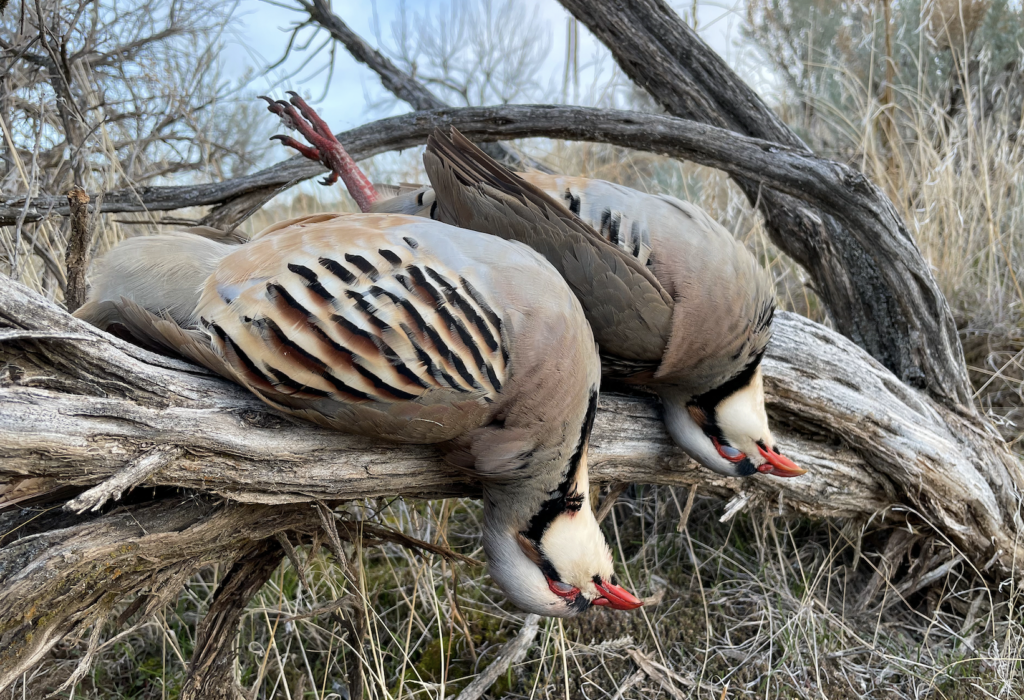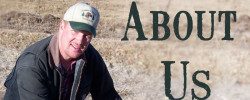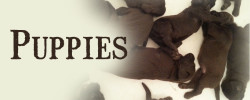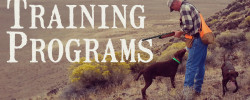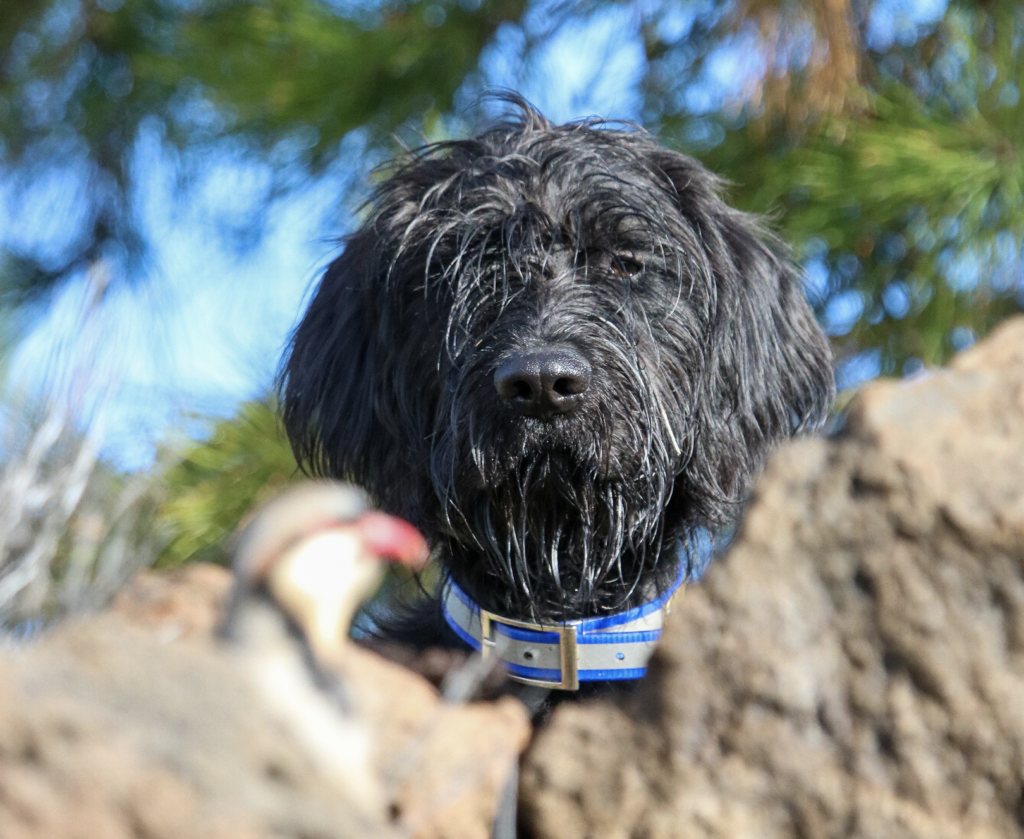
With winter comes loads of bird hunting opportunities for you and your versatile gun dog. For many of us our season started in September, with grouse, quail, doves and pigeons. For others, it began with early season waterfowl or high in the mountains for chukar. And don’t overlook those joyous rooster pheasants and Huns.
If you were out on some of those early season hunts, you’ve likely fixed any problems your gun dog displayed. If you’re kicking off your bird hunting season this now, be proactive and fix any glitches your dog might have while on the hunt.
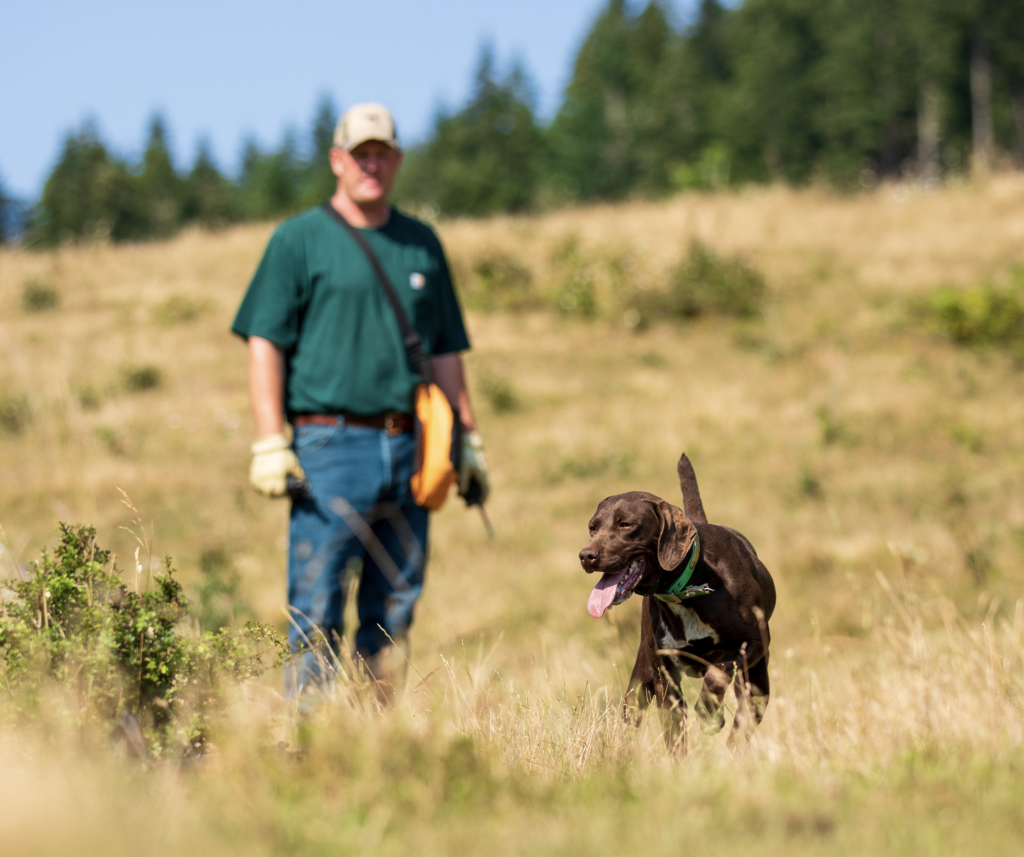
“The collar comes off the dog when it goes in the ground,” a noted trainer once told me. Though it may sound a bit extreme, what it really translates to is that no matter how good your dog is, the training never stops. On these first hunts of the year your dog is as excited as you are, if not more, and it’s up to you to control their behavior. Don’t let your gun dog get away with inappropriate behavior, as you’re sending them the message that it’s okay, when really it’s not. You don’t want to break what you’ve worked so hard to attain all summer.
Often a verbal command or an audible buzz tone of the collar is all it takes to correct unwanted behavior that your versatile gun dog is exhibiting. Your dog should always know when it’s doing something wrong.
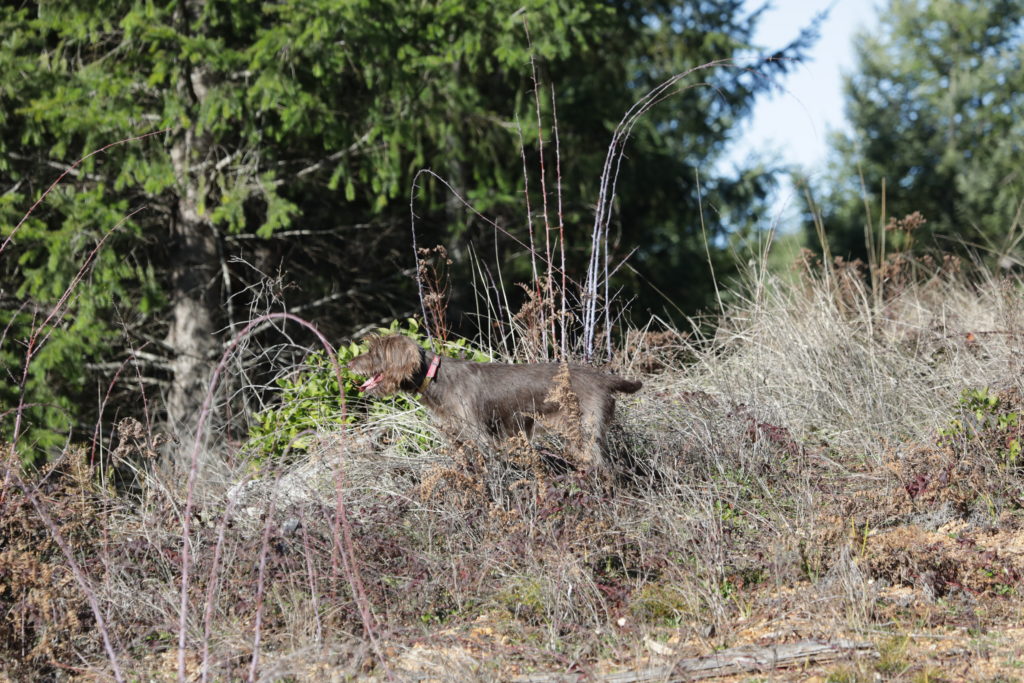
Keep things simple and know that dogs will have off-days, especially early in the season. If I see my dog doing something during a hunt that’s not right, I’ll either pull it aside and turn it into a half-hour training session right there, or if I’m hunting with friends and their dogs, I’ll work through the issues at lunch. This might
be steadiness drills or finishing a retrieve, two common mishaps that are encountered on some of the first bird hunts of the season.
I don’t use treats to motivate gun dogs, either, especially when it comes to correcting unwanted behaviors. With older dogs their reward is getting to retrieve a bird, then the praise I give them. With pups, I’ll sometimes use their food to get them to sit or stay, but that’s it. Your dog’s desire to hunt and please you by doing the right thing is all the motivation they need to succeed.
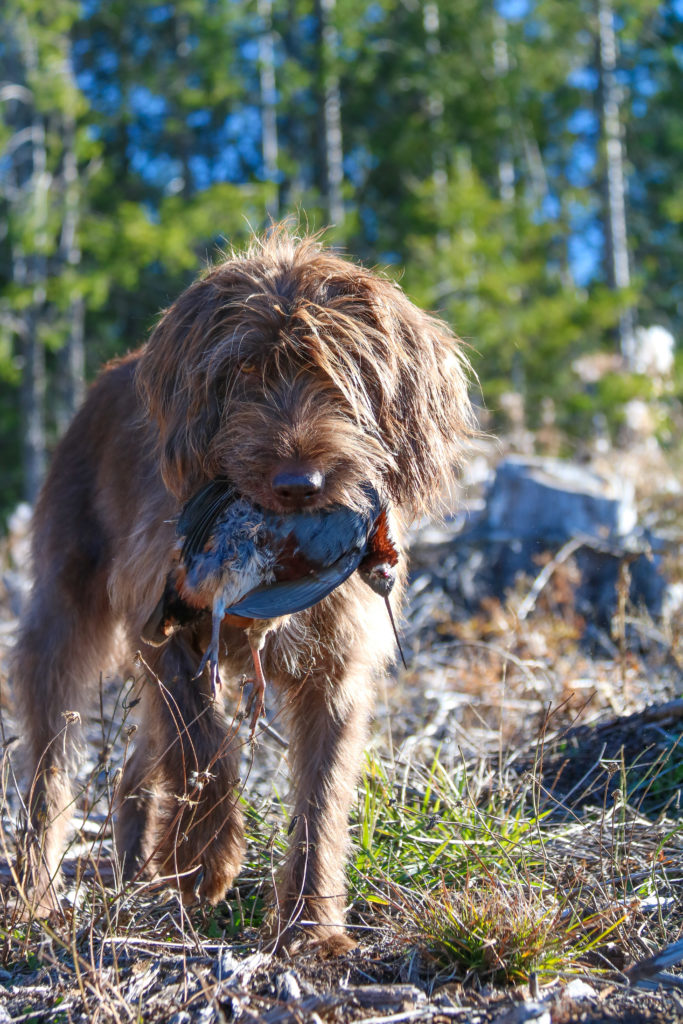
If you have a pup that wants to creep on a point for chukar or quail, hold it by the collar and let a buddy move in for the flush and shot. Hold the pup so it doesn’t break, then reward it by letting it retrieve a bird while under control. Older dogs know better, so I handle them differently. I have a German shorthair who loves to point but not retrieve, so when this happens I’ll pull her off the next point and move to another covey. If a dog doesn’t want to stand on a covey, or hold when I’m shooting, I’ll make the dog hold steady, then I’ll walk into a covey, flush it and intentionally shoot and miss, watching my dog to make sure it holds steady. This lets the dog know I’m serious.
When on a hunt it can be hard to set down the gun and correct your dog. But remember, a quick fix while on the hunt can make a huge difference in how your dog performs and will set the tone for the rest of the season.
